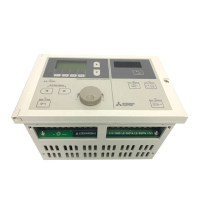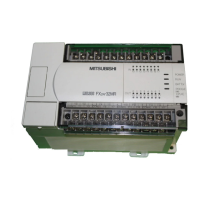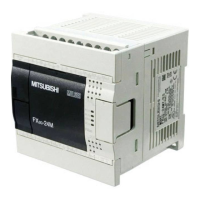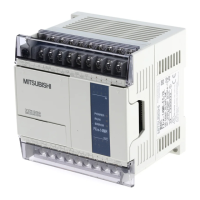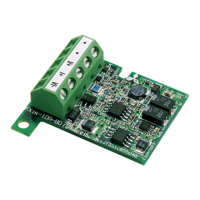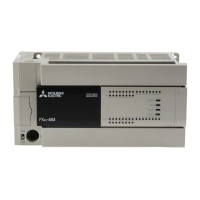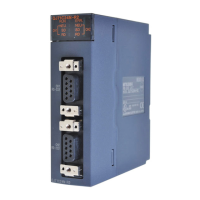258
(b) When "High Speed Execution" is selected
*1 The Z0 value is changed to 3 in the interrupt program.
When writing data to the index register, use the ZPUSH or ZPOP instruction to save and restore the data. ( MELSEC-
Q/L Programming Manual (Common Instruction))
(3) Processing of file register block numbers
Execution program
Z0 = 1
Z0 = 0
Switching Restored
Passed Passed
Z0 = 0 Z0 = 0 Z0 = 0 Z0 = 0
Z0 = 3
Index register value
Save area of index register
for scan execution
type program
Scan execution
type program
Interrupt/fixed
scan execution
type program
Scan execution
type program
1) The CPU module does not save index register
values at program switching.
2) If data are written to the index register, the values of
the index register used in the scan execution type program
will be corrupted at program switching.
Z0 = 1 Z0 = 3
*
1
3) The index register
values are not saved.
[RSET K0]
Execution program
Save area
Switching
Restored
Block 1
Restored
Block 1Block 1Block 1 Block 1Block 0
Block 1
Passed
Saved
Block 1 0
Block No. of
file register
Scan execution
type program
Scan execution
type program
Interrupt/fixed
scan execution
type program
1) The CPU module saves the block numbers of
the file register and passes them at program
switching.
2) The CPU module restores the block
numbers of the file register saved at
program switching.
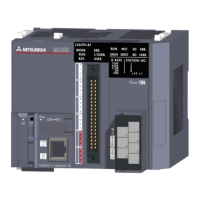
